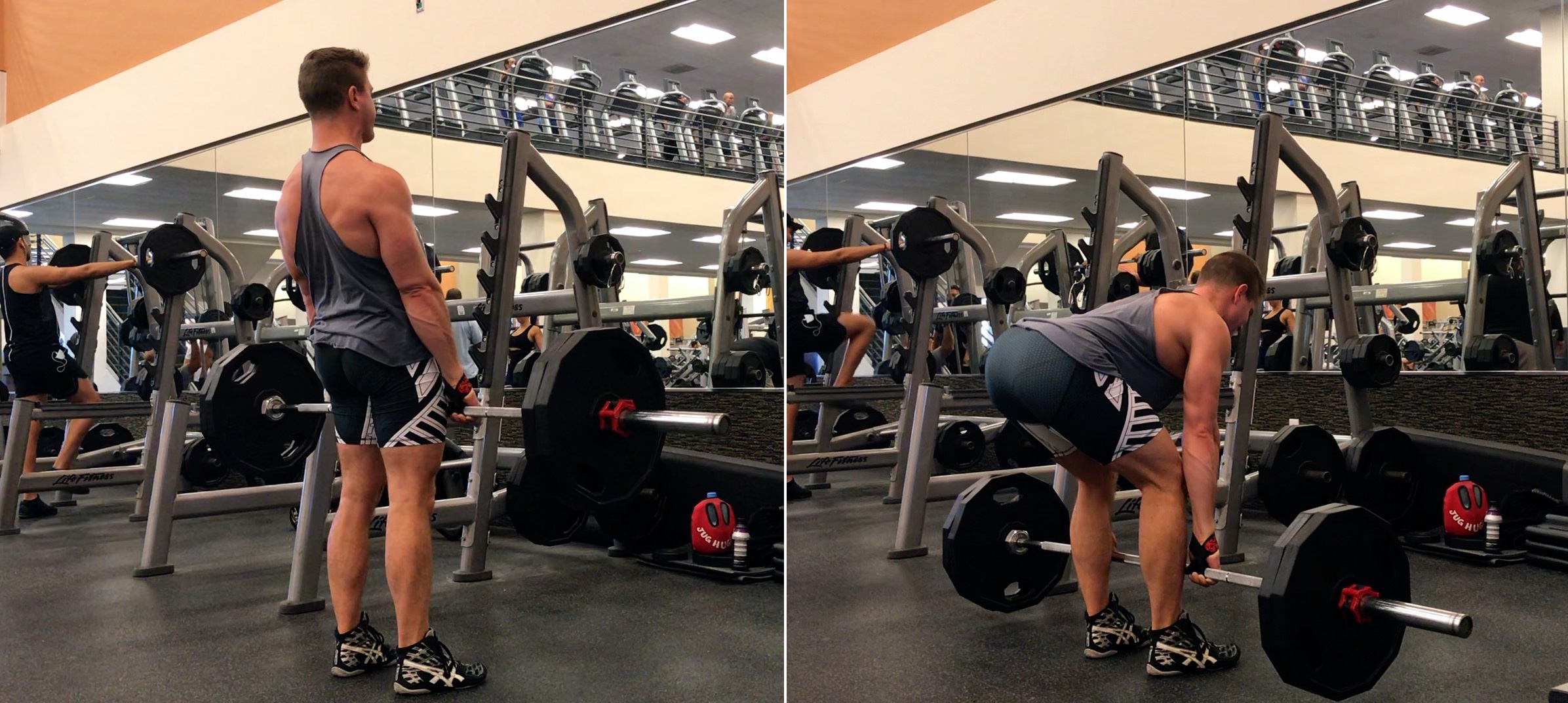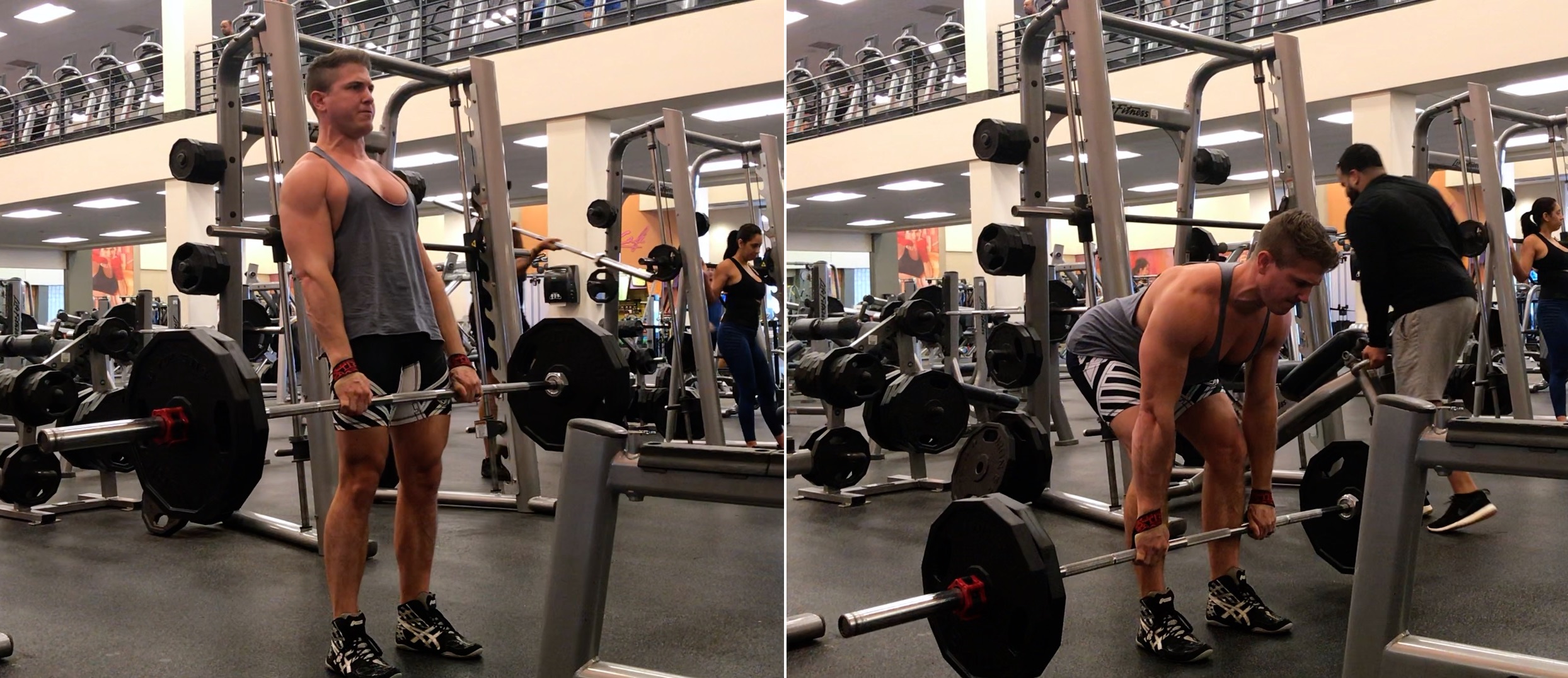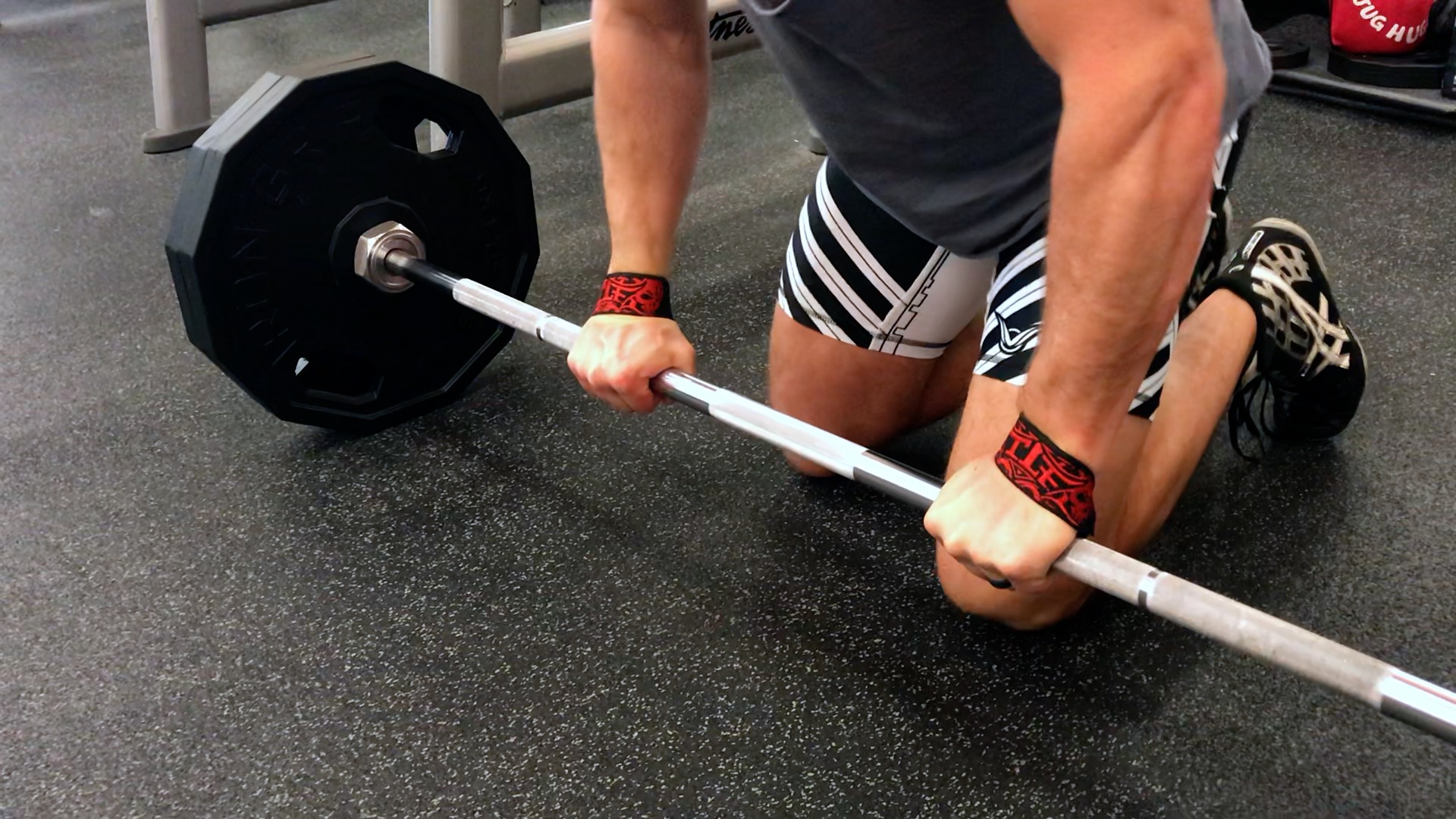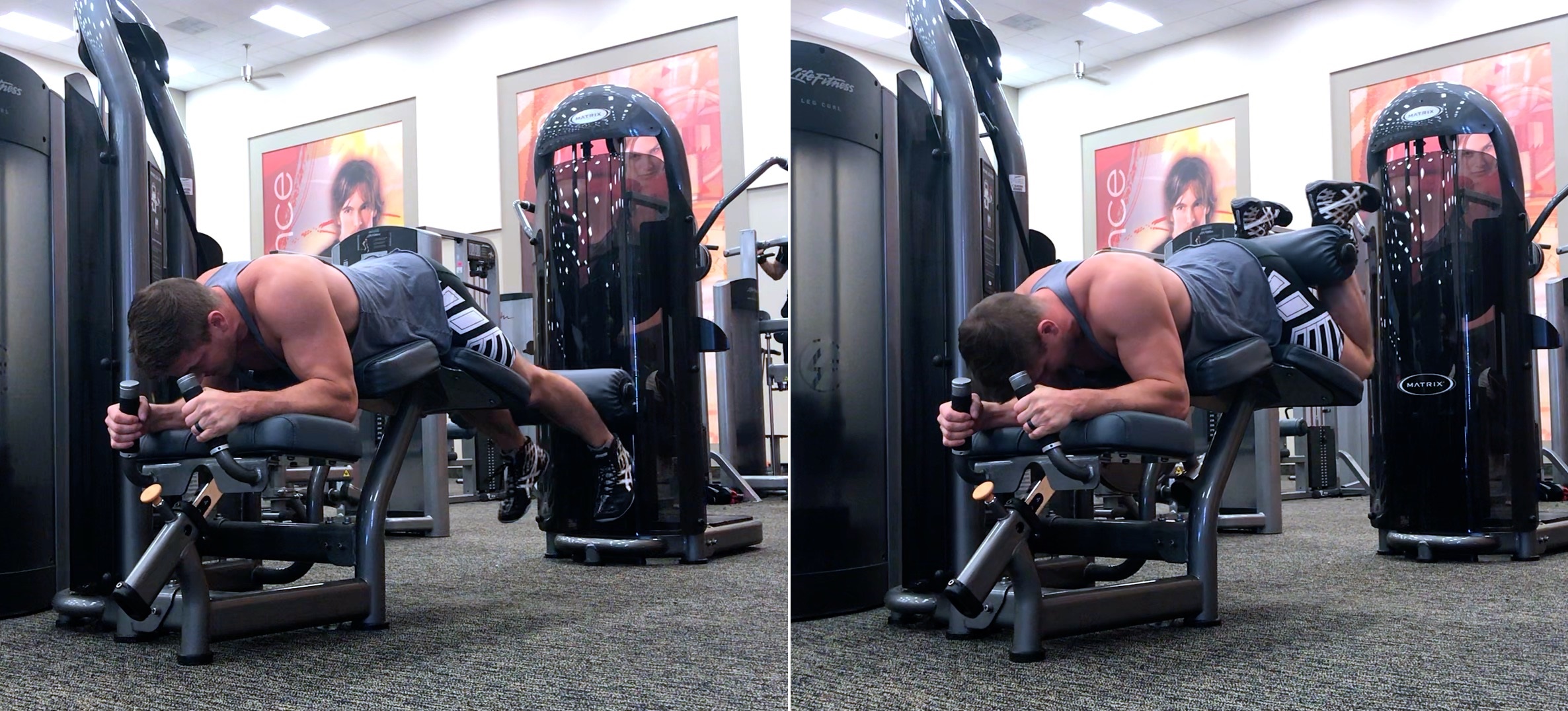Do This Every Leg Workout For Big Hamstrings!
Starting Today!
Today I’m going to show you how to blast your hamstrings so they stop looking front heavy and you know what I mean! The majority of you probably go to the gym and you blast squats and you blast those quads but you aren’t giving those hamstrings the kind of love they need to look thick from the side. But that’s going to all change today. This is actually the 7th installment in this series on how to MAKE IT BIGGER, so if you have missed any of the other videos in this series, you can see the entire playlist HERE.
Let’s quickly recap why you’re going to be doing the exercises in this article the way I demonstrate them. Most people only take advantage of two out of the three muscle building mechanisms: Mechanical Tension and Muscle Damage. The one that most people don’t take advantage of is Metabolic Stress which can only happen through high volume and short rest periods. With that being said, these are the exercises you’re going to do to achieve metabolic stress in your hamstrings!
Exercise #1: Romanian Deadlift (6 – 8 Reps, 6 Sets)
In my opinion, the Romanian deadlift is one of the absolute best exercises you can do for hamstring growth because it’s going to allow you to take full advantage of the first two muscle building mechanisms: mechanical tension and muscle damage. Mechanical tension is the overload you’re placing on the muscles, while muscle damage is the micro tears that happen in the muscle tissue from all the overloading you’re going to do during your reps.
However, you have got to make sure you have proper form. The Romanian deadlift is not an exercise where you just kind of bang out reps like you do for a bicep curl where you just go up and down with the same tempo. With the Romanian deadlift, the stretch is where you want to get the most bang for your buck so you’ve got to make sure that you’re descending with a two or maybe three second negative. As you descend, you’re pushing your hips BACK, you’re not bending at your lower back and you’re not dipping your chest forward. The only reason your chest goes down is because you’re pushing your hips back and bending your knees. Once that barbell hits about mid shin level, you just return to the starting position and then repeat for those 6 – 8 repetitions. You’re only going to rest 90 seconds to 2 minutes in-between these sets.


The reason why you’ve got to make sure you go slow is because that’s where the entire exercise is happening. When you get to the bottom, you can literally go to the top as fast as you want because you’re not really working the hamstrings from the bottom of the movement to the top. All the work happens from top to bottom and with that being said, you might want to grab some wrist straps because if you don’t have wrist straps and you’re trying to overload on those hamstrings, 9 times out of 10 your forearms or your grip strength is going to give out way before you finish your set (mainly because you are going so slow). So make sure you keep that in mind, and if you’re interested in some wrist straps that I like to use, you can check those out HERE.

Exercise #2: Prone Leg Curl (200 Reps, 20 – 30 Reps Per Set)
You’re going to do these repetitions as fast as you possibly can, taking as little rest as possible in-between your sets. If you don’t have a prone leg curl machine, you can use the seated leg curl, it’s just that in my opinion you are going to be able to lift more weight for more reps with the prone leg curl. Whenever you do the seated leg curl, it’s almost like you’re always fighting the machine to keep yourself in the seat when you’re trying to lift heavier weight. Granted you’re doing 200 repetitions so you’re not going to be stacking a lot of weight on the exercise itself so it might not make a huge difference in this case, but if you do have the prone leg curl I’d rather you use that.
Obviously when you do this exercise make sure you’re using full range of motion, all the way down and all the way up on every single repetition. As you bring that weight up you should be pushing your heels towards your butt, flexing your glutes and hamstrings as hard as you can on every single repetition. This is going to allow you to take full advantage of the third muscle building mechanism which is metabolic stress, which is lots of volume with short rest periods.

How To Incorporate This Into Your Training
If you want to apply this to your current training routine, all you’re going to do is on the day you’re training legs or hamstrings specifically is you’re going to swap out what you’re doing right now for this routine. This is a lot of overloading and a lot of volume even though it’s only two exercises and your hamstrings are going to be absolutely fried!
If your hamstrings are a lagging body part then after completing this workout, you want to wait 36 – 48 hours and then hit it again. You can do this up to three times a week, but at least two minimum should be OK. As a natural bodybuilder you have got to take advantage of multiple growth periods throughout the week, and the only way you can do that is by hitting the same body part multiple times.
Conclusion
Remember that while this is the 7th installment in this series, I don’t want you to hit every single body part with these routines twice per week because that’s going to be a bit of overkill. What I want you to do is to work on your lagging body parts for about 4 – 6 weeks and then switch to a different video. If you want to take those workouts and make them a part of your regular routine, that’s OK, but in terms of doing them twice a week, DON’T. Just pick one and then after 4 – 6 weeks switch to doing another body part with these routines twice a week and that’s going to allow you to build a more aesthetically proportionate physique. Then every time you look in the mirror you’ll say “that guy Scott, he did a good job, he told me what to do, he told me I could do it drug free and now I’m kicking butt!”








